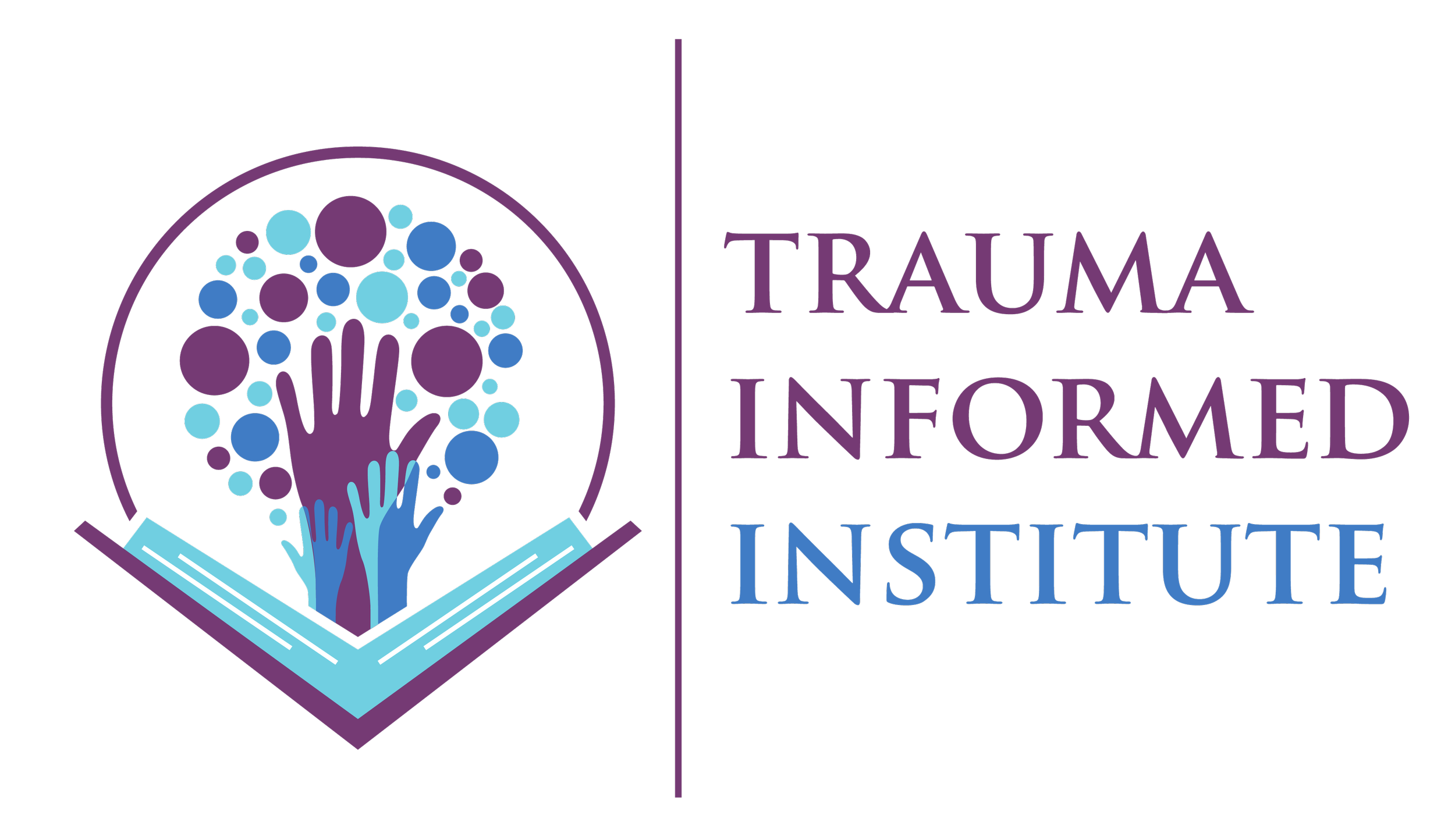A blank slate- this is how a newborn baby was described in psychology. A clean canvas where new experiences and memories will be made, new challenges will arise, and new learnings will be taught. It's important to acknowledge that the canvas does not color or paint itself. This month, we will talk about trauma-informed schools. Looking at trauma in the eyes of a child.
Children are smaller versions of adults with developing brains. They are the most vulnerable population to date. They have ZERO control over their experiences, environment, and their ability to deal with or cope with hard things in life. Let's say this again. Without guidance, children have ZERO control over their abilities to deal with and cope with adversity and trauma! This is 100% the responsibility of the adults around them; to teach them to self-regulate through co-regulation, which we will talk about later in this series.
Adversity and trauma can lead to delayed or unhealthy cognitive, physical, and socio-emotional development which impacts a child's ability to listen, learn, and lead. More importantly, when we disrupt regularly scheduled activities; like that within a school, we can cause dysregulation in a child's nervous system.
The pandemic caused a sudden change worldwide. Not only did work shift from offices to home, but schools went virtual. Playgrounds became empty. Social activities came to a halt. Relationships between teachers, staff, and parents tightened. And our children had a front-row seat to the chaos. Watching adults experience stress, uncertainty, loss/grief, fear, and the list goes on. Not only did our children get exposed to the traumatic experiences of the pandemic and its effects on adults, but they also witnessed how many of us dealt with it.
In schools, teachers and staff were stretched thin, overworked, under-supported, and pressured to figure out a whole new way of doing school after centuries of a traditional format. Our children witnessed and felt all that we adults carried. This doesn't include the additional heartbreaking news of trauma happening at schools in places like Texas.
Behavior is the language of trauma. Children will show you before they tell you that they are in distress.
– Micere Keels
These kinds of events can be traumatic to anyone- a sudden, scary, and/or dangerous; whether a threat to ourselves or those close to us. Our children have experienced and continue to experience feelings of distress, confusion, and fear. And like many adults, they are walking around carrying these feelings, experiences, emotions, and memories with no proper tool or outlet to deal with them.
Children typically cannot properly verbalize the things that are happening to them. Their fear may be reflected as tantrums, and frustrations as behavior issues. Children struggle to explain things, so they "Act It Out"; which can look like this:
Sudden Change in Behavior:
A transition from being a happy child to a silent one and vice versa.
Changing of their routine
Unexplained outburst
A sudden drop in academic performance
Loss of interest in the things that they usually love.
Run away from a scene, place, or even home.
Avoidance of others
Other important signs are:
Withdrawn body language
Sleeping while in school or constantly having their head down
Hiding in their hoodies, hats, or coats
Constantly checking phone or scrolling on mindlessly on social media (adults do this too)
Defensive behavior
Unresponsive or low participation and interactions
While we still have not fully reckoned with the full impact of the pandemic, we know and see clearly that our children have experienced more trauma than ever before. Everything listed above also applies to adults but we often do not expect children to experience stress and trauma as we do. But they do and they need our help! It is for this reason, that we advocate for schools to become trauma-informed; being fully supported by community partners that help develop a sustainable and manageable ecosystem of support for both child and family.
We will share more information in the upcoming weeks about what it means to become a trauma-informed school and the roles of the different community partners and stakeholders. With proper guidance and knowledge, we can help our young children deal with trauma but we must be intentional and willing to acknowledge that it is happening and that it requires that "We Act!"


